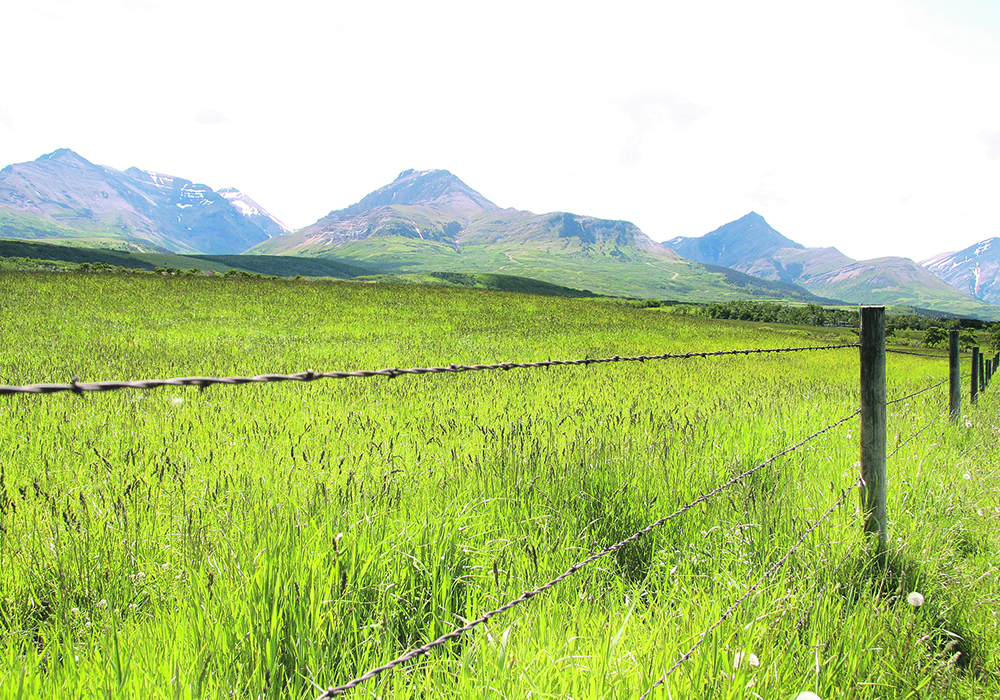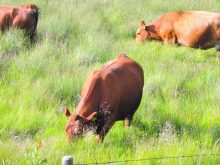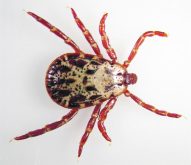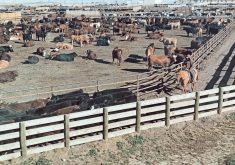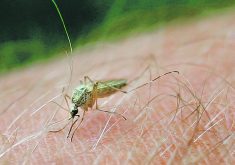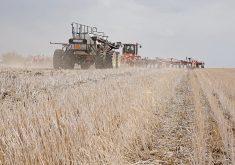Understanding the processes that producers use to manage pastures and then measuring the carbon storage critical
Scientists are digging deeper into how much carbon is stored in prairie soils.
The University of Saskatchewan is co-leading a $3.2 million research project with the University of Alberta that is focused on carbon sequestration for climate change mitigation.
The five-year project will study the amount of soil carbon in perennial forage systems across Saskatchewan and analyze the connection between producer management practices and carbon stores. The goal is to identify methods that promote carbon sequestration.
Industry groups helping fund the project include the Saskatchewan Cattlemen’s Association, which contributed $100,000 and a $25,000 in-kind commitment. The federal and Saskatchewan governments have also invested through the Strategic Research Initiative funded by the Canadian Agricultural Partnership.
Read Also

Saskatchewan dairy farm breeds international champion
A Saskatchewan bred cow made history at the 2025 World Dairy Expo in Madison, Wisconsin, when she was named grand champion in the five-year-old Holstein class.
Soil carbon sequestration is one way agriculture can help mitigate climate change, said Dr. Angela Bedard-Haughn, dean of the College of Agriculture and Bioresources at the U of S.
Understanding how carbon in grazing systems crosses different environmental conditions will help support climate change mitigation, she added.
The project aims to learn what causes soil carbon effects under pasture and forage across Saskatchewan.
“How much is stored? Where? Why is there more here versus there? And how long is it likely to stick around,” said Bedard-Haughn.
Another objective is to identify producer management practices that can be used to increase the amount of carbon stored in soil.
“When we’re done (a producer) will be able to look up their location and identify what they might be able to do to increase the amount of carbon that’s in the soil,” said Dr. Cameron Carlyle from the U of A.
“This project is going to be much more comprehensive in terms of the spatial coverage. So essentially, what we’ll be covering is anything that’s producing forage in the southern half of Saskatchewan. And it should be more accurate than other projects that have been undertaken,” he said.
“We’ll be digging much farther into identifying the particular practices that are beneficial.”
Bedard-Haughn said previous work in tilled and native landscapes has shown a high degree of spatial variability driven by differences in moisture and vegetative cover.
One of the first steps will be mapping the landscape to find regional and environmental factors that affect the amount of soil carbon in pasture and rangelands.
Researchers will use several techniques to measure soil carbon, such as the standard combustion method in combination with a proximal sensor method to capture variability.
“Using both methods will allow us to get high quality data, but also allow for much more rapid and effective measurements going forward on a broader scale,” Bedard-Haughn said.
Core samples will be taken using a tube hydraulic punch on the back of an ATV or pickup truck, which will have minimal impact on a pasture.
“We’ll collect samples at a subset of fields (and) will go down to a metre of depth because we know the carbon storage can actually be quite deep under these perennial vegetation types. Others will have some shallower sampling (30 to 60 centimetres) because that allows us to cover more area as well,” she said.
“The nice part about doing this type of work over a large area is it’ll allow us to build a big spectral library that will allow for future and rapid measures of soil carbon at a broader set of sites.”
Ranchers and landowners are expected to benefit from the data, she said.
Besides government policy and potential carbon offset protocols, putting more carbon back into the soil translates into healthier soil, greater plant productivity and a more resilient system.
“If we can determine that there are particular management practices or grazing practices that are more conducive to carbon sequestration than others, then that information will also be helpful,” said Bedard-Haughn.
Added Carlyle, “it’s also beneficial for individuals because it will give them a baseline of where they might be sitting.
“We will be able to identify management practices that are beneficial for increasing the amount of soil carbon, along with that understanding of what any of the potential trade-offs or benefits might be in terms of forage production.”
Eventually, quarter section scale maps will allow producers to see the distribution of carbon in their fields.
“By combining that with the information about management practices, we’ll be able to get a sense of, are you doing everything you can right now to optimize your soil health? Is there room for improvement? Are there some practices that are more conducive to healthier soil and carbon sequestration than others?” said Bedard-Haughn.


